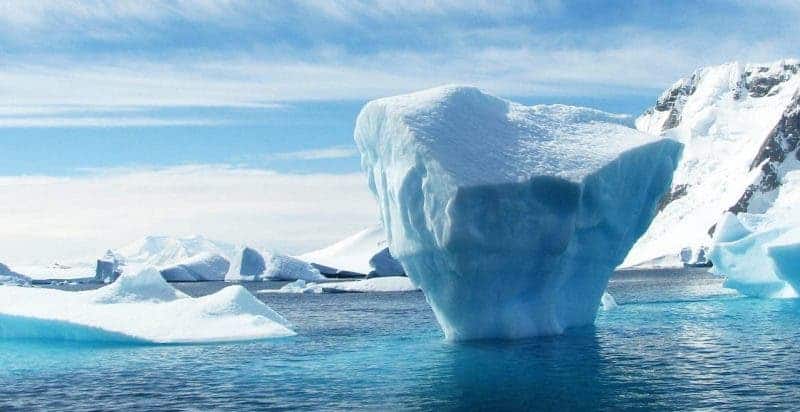A cousin of Chlamydia was discovered deep in the Arctic Ocean.

A very common sexually transmitted disease, chlamydia is caused by the bacteria Chlamydia trachomatis and it can infect men and women in different parts of the body, spread through sexual contact.
Several abundant populations bacteria in the Chlamydia family were discovered by a group of researchers in deep sediments of the Arctic Ocean — 2 miles (3 kilometers) beneath the surface of the Arctic Ocean, several feet beneath the ocean floor.
The finding is expected to help understand how the bacteria evolved to become infectious.
Chlamydia and related bacteria (collectively referred to as Chlamydiae) need to interact with other organisms to survive. It interacts specifically with organisms such as animals, plants and fungi, and even microscopic organisms such as amoebas, algae and plankton.
The bacteria spend much of their lives inside the cells of their human hosts, but can also parasitise bears and koalas. Most of the knowledge about Chlamydiae is based on studies of pathogenic lineages in the laboratory. But do the bacteria also exist in other settings? If this study is any indication, the answer is yes.
Chlamydia down below
An international group of researchers reported the discovery of numerous new species of Chlamydiae that grow in deep sediments of the Arctic Ocean, in the absence of obvious host organisms.
Researchers had been exploring microbes that live more than 3 kilometers below the ocean surface and several meters in the ocean floor sediment during an expedition to Loki’s Castle, a deep-water hydrothermal ventilation field located in the Arctic Ocean between Iceland, Norway and Svaldbard. This environment lacks oxygen and macroscopic life forms.
Unexpectedly, the research team met this very abundant and diverse relative of Chlamydia.
“Finding Chlamydiae in this environment was completely unexpected and, of course, raised the question of what they were doing there,” said Jennah Dharamshi of the University of Uppsala, lead author of the study.
The team of researchers discovered that the bacteria used resources from other microbes living nearby instead of relying on host organisms to survive. The expectation now is to grow those microbes in the laboratory, as it may reveal how the bacteria ended up infecting animals, plants, fungi and microorganisms over the world.
“Even if these Chlamydiae are not associated with a host organism, we expect that they require compounds from other microbes living in the marine sediments,” senior author Thijs Ettema, a professor of microbiology at Wageningen University in the Netherlands, said in the statement.
Only in the US, there are an estimated 2.86 million infections of chlamydia happening every year, making it the most commonly reported sexually transmitted disease, according to the Centers for Disease Control and Prevention.
The study was published in the journal Current Biology.









